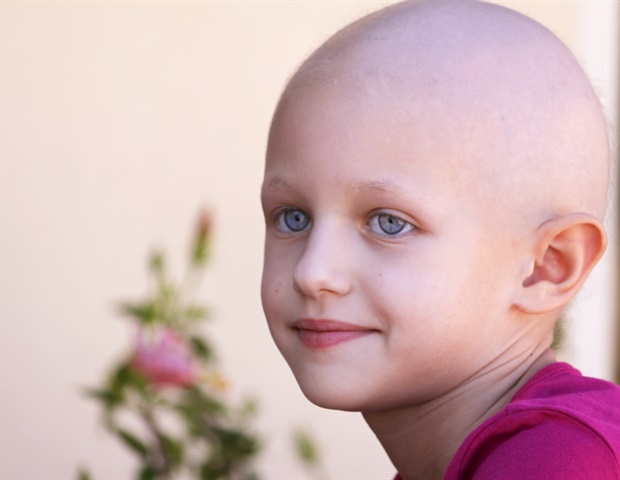Clinical trial results from St. Jude Children's Research Hospital demonstrate benefits to using genomics and early treatment response to guide risk classification of children with B-cell acute lymphoblastic leukemia (B-ALL). Traditionally, the intensity of a patient's chemotherapy regime is guided by the National Cancer Institute (NCI) risk classification, which is largely determined by clinical characteristics such as age and white blood cell count at presentation.
Through the flagship St. Jude Total Therapy clinical trials, investigators looked at two genetic subtypes of B-ALL ( ETV6::RUNX1 and high-hyperdiploid). Results showed that patients with ETV6::RUNX1 and high-hyperdiploid B-ALL who, by NCI risk assessment would have received a high-intensity treatment regimen, could complete a low-intensity regimen and achieve positive outcomes.
These findings were published today in Blood . An enhanced criteria for risk assessment Risk-based chemotherapy is a tailored approach that adjusts the intensity of treatment based on the individual patient's risk factors, and its implementation has improved cancer care outcomes. However, traditional risk factors by NCI criteria do not provide a complete picture of prognosis.
Modern studies, including the recent St. Jude Total Therapy clinical trials, have refined these criteria by incorporating genetic subtypes and early treatment responses into assessments. Patients with ETV6::RUNX1 and high-hyperdiploid B-ALL make up 25% and 30% of B-ALL .


















